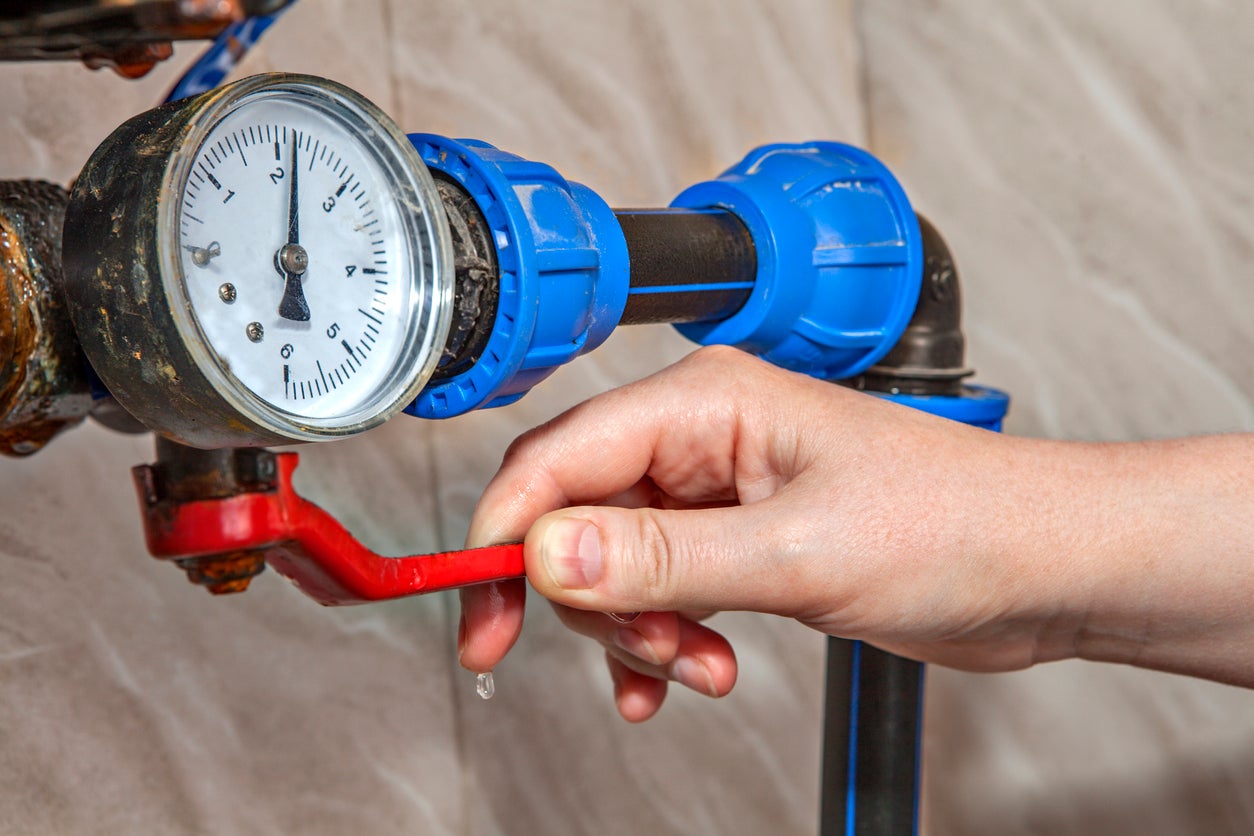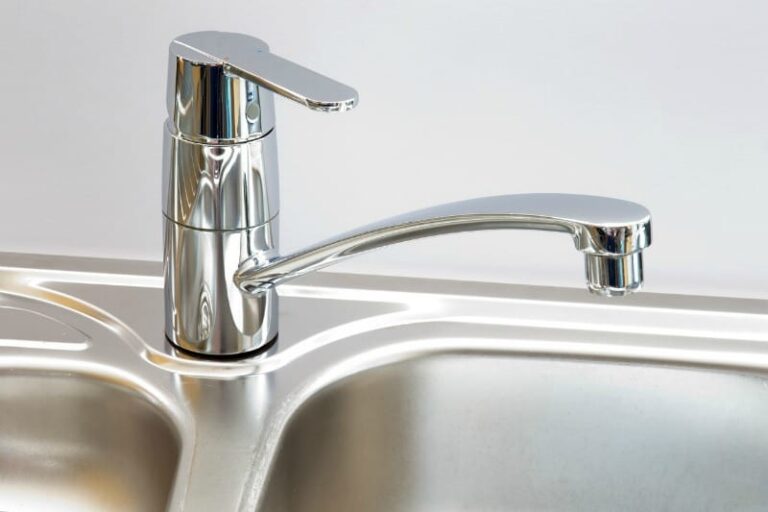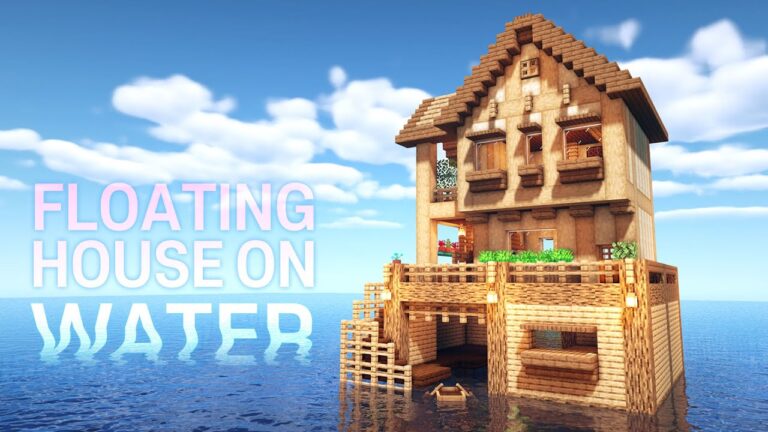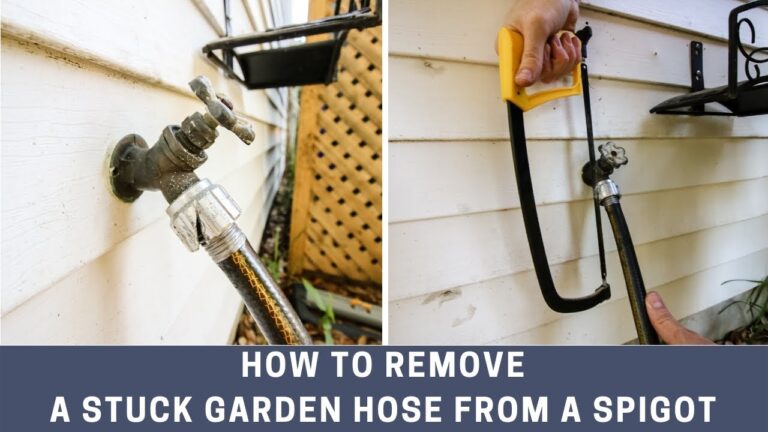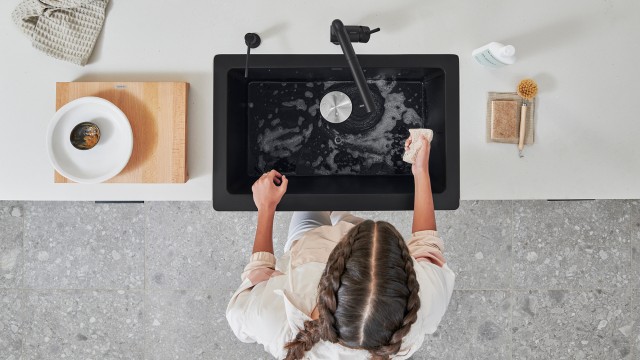How Can I Make My Water Pressure Stronger?
Having a strong water pressure in your home can be a great convenience – it can make doing dishes and taking a shower much more enjoyable. Unfortunately, weak water pressure can be a common issue in many homes. If you’re dealing with weak water pressure, there are a few steps you can take to try to make your water pressure stronger. These steps include checking the pressure regulator, checking the water pressure valve, and inspecting the pipes and connections. With a few simple steps, you may be able to increase your water pressure and make it stronger.
Understanding Water Pressure
Water pressure is an important factor affecting your plumbing system. It impacts how quickly and efficiently water flows through your pipes, as well as how equally the pressure is distributed throughout your home. Low water pressure can result in clogged pipes, overflowing toilets, and other plumbing issues. To ensure your water pressure remains strong, it’s important to understand what is causing the issue and how to go about fixing it.
The first step is to identify the source of your water pressure issues. Homeowners should start by checking the main shutoff valve and the pressure regulator. If these components are not functioning properly, it could be causing your water pressure to be weak. If the shutoff valve and pressure regulator are fine, then the issue may be caused by a blockage in your pipes. In this case, you’ll likely need to call a professional plumber to inspect and clear the blockage.
If all else fails, you may need to install a new water line. Installing a new water line can help increase the water pressure in your home, but it’s important to hire a qualified professional to ensure the job is done correctly. Additionally, you may want to consider investing in a water pressure booster to help increase the pressure in your home.
No matter what the source of your water pressure issues is, it’s always best to contact a licensed plumber to diagnose and fix the problem. They can help you identify the source of the issue and provide you with the best solutions for improving your water pressure. With the right knowledge and tools, you can make sure your water pressure remains strong and efficient.
Assessing Your Home’s Water Pressure
Having low water pressure can be incredibly frustrating, especially if you’re trying to take a shower or do the dishes. Fortunately, there are a few ways to figure out what’s causing the issue and how to fix it. The first step is to assess your home’s water pressure. To do this, you may need to purchase a water pressure gauge from your local hardware store. It’s important to make sure that the gauge you purchase is capable of measuring water pressure up to 80 psi. Once you have the gauge, you can attach it to your outdoor spigot or an interior faucet and turn the water on to read the results.
If the water pressure reading is below 40 psi, then it’s likely that the issue is with the municipal water supply and not your plumbing. If the water pressure is above 40 psi, then the problem is likely with your plumbing pipes or fixtures. If this is the case, you should check for clogs, corrosion, and leaks in your pipes. You can also check to make sure that all valves are open and that the water pressure regulator isn’t set too low. If none of these solutions work, then you may need to call a professional plumber to diagnose and repair the problem.
By assessing your home’s water pressure, you can determine if the issue is with your municipal water supply or your plumbing system. Once you have identified the source of the problem, you can then attempt to fix it yourself or hire a professional plumber for assistance.
Common Causes of Low Water Pressure
Low water pressure can be a common household issue. It can be caused by a variety of problems including clogged pipes, corroded pipes, a faulty pressure regulator, or a faulty water heater. It can also be caused by a lack of water pressure from the city. To ensure that your water pressure is optimal, it’s important to identify the cause of the problem.
Clogged pipes are a common cause of low water pressure. If your home has older pipes, they can become clogged with sediment or minerals, reducing water flow. To check for clogged pipes, inspect the pipes in the basement or plumbing fixtures, such as sinks and toilets. If you notice a decrease in water pressure, it’s likely that the pipes are clogged.
Corroded pipes can also lead to low water pressure. Over time, pipes can corrode, which can reduce water flow. Corroded pipes are usually found in older homes. To check for corroded pipes, inspect the pipes in the basement or plumbing fixtures. If you notice a decrease in water pressure, it’s likely that the pipes are corroded.
Another common cause of low water pressure is a faulty pressure regulator. Pressure regulators are used to regulate the amount of water pressure in a home. If the pressure regulator is not working properly, it can lead to low water pressure. To check for a faulty pressure regulator, inspect the pipes in the basement or plumbing fixtures. If you notice a decrease in water pressure, it’s likely that the pressure regulator is not working properly.
Finally, a lack of water pressure from the city can also cause low water pressure in a home. If the city is experiencing a water shortage or other issue, it can reduce the water pressure in your home. To check for a lack of water pressure from the city, contact your local water provider.
Identifying the cause of low water pressure can help you take the necessary steps to make your water pressure stronger. By following the above tips, you can ensure that your home has optimal water pressure.
Solutions to Improve Water Pressure
Does the water pressure in your home feel low? A lack of water pressure can be an annoying problem that makes it difficult to wash dishes, take a shower, and even flush a toilet. Fortunately, there are a few solutions that can help you get your water pressure back to normal.
First, check to see if your main shutoff valve is fully open. If it’s not, open it up as much as possible to see if that helps the pressure. If the valve is already open, then you may need to check the water pressure regulator. This device is designed to control the amount of water pressure entering your home. If it’s not functioning properly, then you may need to call a plumber to fix it.
Another cause of low water pressure could be a blockage in your pipes. The blockage could be from sediment buildup or debris that has gotten stuck in the pipes. If this is the case, then you may need to have a professional clean out your pipes.
Finally, if none of these solutions improve your water pressure, then you may need to consider upgrading your water system. An upgrade may involve replacing your old pipes or installing a larger water tank. Depending on the size of your home and your budget, this could be the best solution for improving water pressure.
No matter which solution you choose, having stronger water pressure in your home will make it much more enjoyable. Follow these tips and you’ll be able to improve your water pressure in no time.

Professional Assistance for Low Water Pressure
A weak water pressure can be a source of great frustration and inconvenience. It can make showering, washing dishes, and other household tasks much more difficult and time-consuming. Low water pressure can have many causes, including sediment buildup in your pipes, a leak in your plumbing system, and an issue with your water main. Fortunately, there are several ways to address low water pressure and make your water pressure stronger.
One of the most effective ways to boost water pressure is to install a pressure-boosting system. These systems work by increasing the amount of pressure that is created by your home’s water supply. They can be installed on either a main line or individual lines, depending on the location and severity of the water pressure issue. Professional plumbers are experienced in installing these systems and can recommend the best solution for your home.
In addition to pressure-boosting systems, other methods of improving water pressure can include unblocking clogged pipes, replacing old or corroded pipes, and cleaning out sediment buildup in the pipes. These tasks can be time-consuming and require specialized knowledge, so it is best to hire a professional plumber to ensure the job is done correctly and without damage to your home.
If your home has low water pressure, it is important to take action. Professional assistance can help you determine the cause of your water pressure issue and recommend the best solution for your home. With the right fix, you can restore your water pressure and make your home more functional and comfortable.
Benefits of Having Strong Water Pressure
Having strong water pressure is an essential part of a healthy and functioning home. Not only does it make your showering experience more enjoyable, but it can also save you time and money in the long run. Here are some of the benefits of having strong water pressure in your home:
First, strong water pressure can help conserve water. When the pressure is high, the water flows faster, so you don’t need to waste as much water when running the shower or washing dishes. This means that you’ll save on your water bill each month.
Second, strong water pressure can help prevent water damage in your home. With higher pressure, the water is able to quickly drain away, leaving your pipes and fixtures in better condition. This also means that you won’t need to replace or repair your plumbing as often.
Finally, having strong water pressure can improve your showering experience. You’ll be able to enjoy a more powerful stream of water that will help you get clean faster. Plus, it can give you a more relaxing experience, making it a great way to start or end your day.
Overall, having strong water pressure in your home can provide a number of benefits, including helping you conserve water, preventing water damage, and improving your showering experience. If you’d like to learn more about how to make your water pressure stronger, be sure to check out our guide.
Ways to Maintain Optimal Water Pressure
Having adequate water pressure is essential for everyday activities like showering, dishwashing, and laundry. Low water pressure can cause a massive headache and lead to inefficient use of water. To ensure you have the optimal water pressure, it is important to know how to recognize and address potential issues.
The first step to maintaining optimal water pressure is to identify the source of the problem. Low water pressure can be caused by a variety of factors, including faulty plumbing, clogged pipes, an undersized water heater, and a damaged pressure regulator. Therefore, it is important to inspect the system to determine the cause of the low pressure.
The next step is to perform regular maintenance. This includes cleaning the pipes, checking the pressure regulator, replacing the pressure-reducing valve, and checking for any leaks. This will ensure that any potential issues are addressed before they lead to a decrease in water pressure.
Another way to ensure optimal water pressure is to install a water pressure booster pump. This device can increase water pressure by up to 40 psi and can be used to improve water pressure in homes that are not connected to a municipal water supply.
Finally, if you suspect that the low pressure is due to an issue with the public water supply, contact your local water supplier. They will be able to identify and address any issues with the public water system.
By following these steps, you will be able to ensure that you have optimal water pressure and avoid any potential problems.
FAQs About Water Pressure
Water pressure is something that affects many households, and it can be difficult to know where to turn for answers. If you’ve been struggling with low water pressure, it’s time to get to the bottom of the problem and find out how to make sure your water pressure is strong and consistent. To help you out, we’ve compiled a list of frequently asked questions (FAQs) about water pressure.
First and foremost, it’s important to understand what causes water pressure to drop. Some of the most common reasons for low water pressure include clogged pipes and worn-out fixtures, as well as insufficient water pressure in the municipal supply. Testing your water pressure can help you identify the problem and take the necessary steps to improve it.
In addition, there are a number of solutions you can try to improve your water pressure. These include repairing or replacing clogged pipes and fixtures, installing a larger water pump, and installing a pressure tank. Depending on your specific situation, some of these solutions may be more effective than others.
Finally, it’s important to remember that, if you’re having trouble with your water pressure, you should always contact a professional for help. A professional plumber or contractor can assess your situation and recommend the best solution for improving your water pressure.
By understanding what causes low water pressure and using these FAQs as a guide, you can be sure that you’re taking the right steps to make sure your water pressure is strong and consistent.
FAQs About the How Can I Make My Water Pressure Stronger?
1. What can I do to increase the water pressure in my home?
Answer: You can increase the water pressure in your home by installing a pressure booster pump, increasing the water pressure regulator setting, or replacing the pipes in your home with larger diameter pipes.
2. How can I tell if my water pressure is too low?
Answer: You can tell if your water pressure is too low if you experience weak water flow from your faucets. You can also check your water pressure with a pressure gauge.
3. What causes low water pressure?
Answer: Low water pressure can be caused by a variety of factors including clogged pipes, a malfunctioning pressure regulator, a leaking water main, or a corroded water meter.
Conclusion
Making your water pressure stronger is possible with a few simple steps. You can start by cleaning your faucets and shower heads. This will help clear away any debris that could be clogging the water flow. You can also check for any leaks in your plumbing system and have them repaired. If you have a water pressure regulator, you can adjust it to increase the pressure. Finally, you can install a water pressure booster pump to increase the water pressure in your home. With these simple steps, you should be able to get the water pressure you need.
